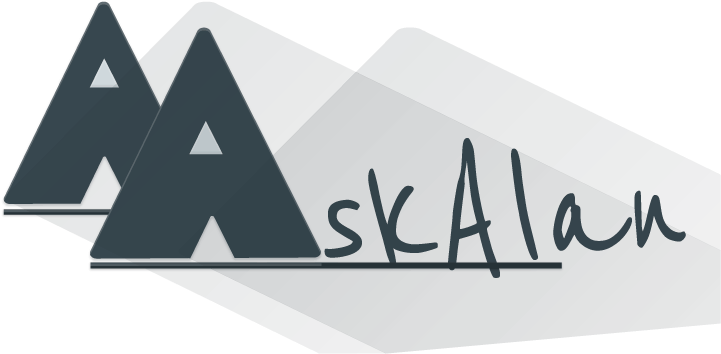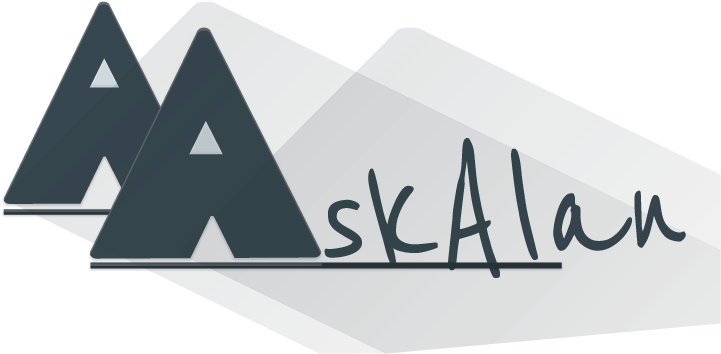What caused the Reserve Bank to move away from its previously stated plans?
Namely… they were not going to move until:
- Inflation was comfortably in the 2%-3% range.
- Wages growth was above 3%.
The reasons that threw the Reserve Bank off course were simple:
- Russia invaded Ukraine and has caused a global disruption to Oil, Coal, Gas markets (you felt this when Petrol hit $2.20 per litre and became an election issue). Prices go up because this feeds into the price of everything.
- China decided to prolong its pursuit of Covid zero and has recently shut down Shanghai and then Beijing. Supply chains are in disarray (try getting anything delivered in a reasonable time – eg a car). Prices go up in a scramble for product.
While these things are beyond your control – history tells us that the inflation genie takes no prisoners when out of the bottle – wages and assets are destroyed.
There is no alternative other than trying to put the inflation genie back in the bottle.
Wage rises above inflation are an oxy-moron – unless your wage rise is from a rise in productivity.
How long will this last?
- Ask Mr Putin
- Ask Mr Xi
- Analysts concur that what lies ahead is very unclear
Now that you are here in my extended link – let us delve back into history for observations and learnings in previous inflation spikes.
1920’s
Post WW1 Europe forced reparation payments on Germany to recover the economic damage they had endured
America became their bank – lending to Germany who paid back Europe. American banks on Wall Street became the bank of the world “clipping the ticket” on the rebuild of Europe. Profits soared in the Roaring 20s
1929 – Wall Street crashed – banks folded – the money dried up. Germany defaulted,
Inflation spiraled and the world sleep-walked into WW2.
The lesson – countries defeated in war time should not be so crushed in defeat that further unrest is baked in.
Lesson – we should not underestimate the expansion plans of both Russia and China.
1970’s
Oil Production peaked in the USA and wars in the middle east (Israel initially and then later Iran) caused disruption of supply.
Oil shortages led to inflation trending upwards from 5% peaking at 14%.
Governments responded with monetary stimulus which had to be unwound with higher interest rates.
The lesson – any disruption to the supply of fossil fuels causes economic pain.
1980’s
Cost of living pressures led to a wage price system called the Accord. Wages rose quarterly with CPI (Consumer Price Index). That system ended in the tears of 17% interest rates – that still scars the memory of older generations and the recession “we had to have” in 1990.
The lesson – no matter how tight things are – inflation cannot be tamed by allowing wages to chase inflation.
That lesson re-learned is in contest in this election – both leaders know this. Neither leader is prepared to say this so directly.
So, what lies ahead as best we can see it and how do we plan.
Bill Evans from Westpac in his updated analysis (read it here) now expects a rapid increase in the cash rate to 0.75% in June and another 4 rises (Jul-Aug and Oct-Nov) taking the cash rate to 1.75% by years end.
He then expects another two increases in the first half of 2023.
That is now a predicted cash rate of 2.25%.
Add on the 1.8% of a bank’s preferred Net Interest Margin (NMI) and that gives a rate to you of 4.05%.
Bank behaviour being what it is, existing customers will be likely be paying more than this UNLESS we are with a bank who agrees to reprice you back to their “new to bank offers”.
This is my job ahead in my 6 monthly reviews on your behalf.
What are the events that could cause these predictions to change?
The clearest and most obvious uncertainties come from abroad and centre on
- Restricted supply of oil, coal and gas – with Russia holding 17% of the world’s reserves.
- The cost of restoring the destruction occurring in Europe.
- With a watchful eye on the behaviour of China.
Internally the things to watch:
- An improvement from the recovery in crop and farm production post the floods – that was temporary.
- The contest between wages and costs post-election.
There is nothing that you and I can do about these directly – but I will watch what is called the “Internal and External” environments carefully and update what this means for your home loan in coming months.
As I often say… Stay tuned.
Ask Alan – Your Trusted Mortgage Broker



